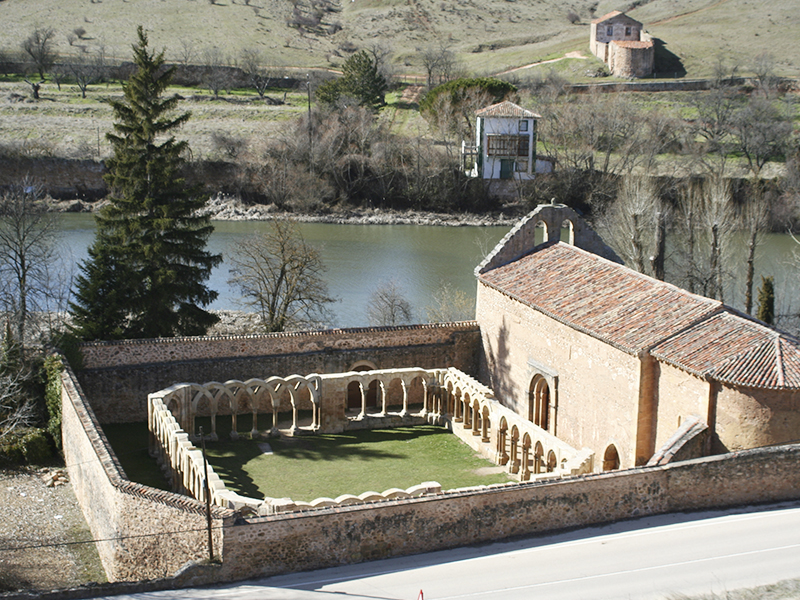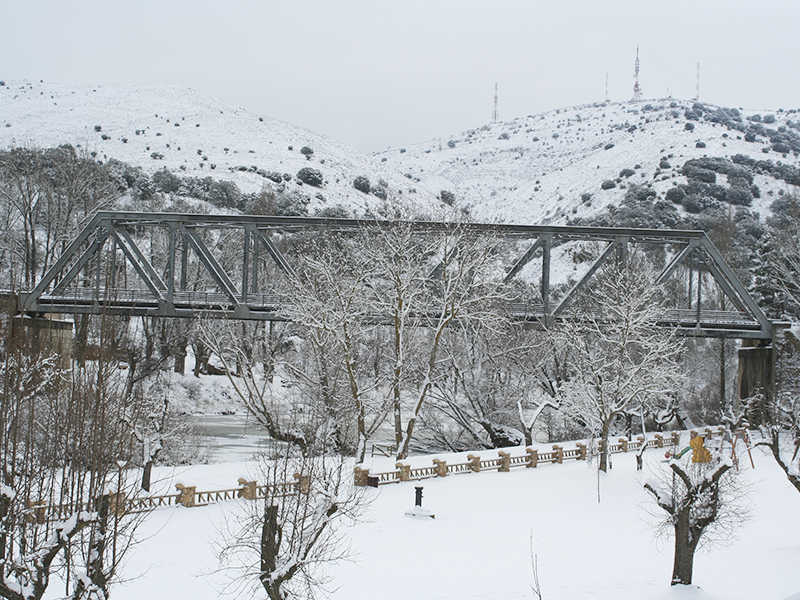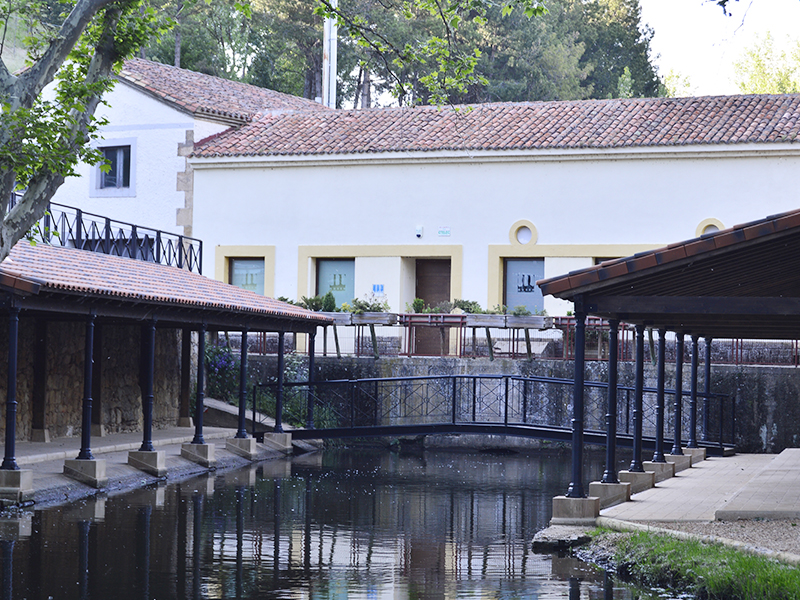
Areas and places to visit
DUERO RIVERBANKS
To get deep into the surroundings, there are different paths with signage as a guide so that, both adults and children, enjoy - on foot or by bike - bucolic walks along the river bank. And for the more daring, there is also the possibility in summer to cross the river, by boat or canoe. In addition there are two establishments of restoration in the zone that offer their services throughout the year.
In all this ample space are several sites that deserve special mention taking as a starting point, where to obtain all the information of the area, the tourist information point of the Visitors Reception Center - ancient Fielato - which also has a room Expository
Throughout the tour we find various areas equipped with picnic tables, benches, fountains, etc. ... that facilitate the visit. Highlights include the Sotoplaya and the San Prudencio promenade, which are also endowed with children's areas, for the enjoyment of the little ones.
There are numerous monumental enclaves that can be seen and visited throughout this natural space as the Stone Bridge of medieval origin, next to the cloister of San Juan de Duero where you can admire a set of artistic styles from the medieval period with arches Point, pointed, secant, interlaced, caliphs, etc. A few meters away is the medieval snow, because until the onset of the industrial cold, the only way to have ice all year long was to introduce and compact the snow as soon as it fell into wells until they were colmataban.
Downstream, on the Paseo de Machado, is the San Polo Monastery, an enclave where Templar monks-warriors decided to settle, according to tradition. After the monastery, highlights the metal structure of the Iron Bridge. Continuing along the road that marks the river we find the wide prairie of San Polo, witness of important events, such as the concert of the Municipal Band and later popular afternoon snack on Monday of Bailas, the last day of the Festivities of San Juan, or The fishing championship organized on October 2, on the occasion of the patron saint of the city, San Saturio. The walk culminates with the beautiful statue of the hermitage of San Saturio, hermitage of the patron saint of Soria, erected on a cave.
On the other side of the river, and leaving behind the bridge, there is Sotoplaya, an island that forms between two arms of the Duero that offers rest areas, picnic area, swings ....
Following the trajectory of the river, in the Paseo de San Prudencio it is worth visiting the washbasins, the one of Sotoplaya and the one of Lanas, the Water Museum, located in a building that was built on one of the traditional mills of Soria, called "medium". This mill was used for a long time as a laundry and after several renovations, hydraulic pumps were installed here that raised the water from the Duero to the Castillo deposits.
Finally, note the Ecocentro, formerly known as the "House of the Carbonero" and located in front of the Prairie of San Pollo - main stage of the Monday of Bailas, the last day of the Festivities of San Juan. It is a small museum dedicated to the nature of the Douro River, its flora, fauna and ecosystems. And right next to it, the blood stream of the coalman. Now it is the visitor who can perform the action of pushing the horizontal lever by personally experiencing the ancestral process of animal traction.
If instead of following the course of the river we go in the opposite direction, on the right bank and once we leave behind the cloister of San Juan de Duero along the same path, we find the Rock, a place located in the highest area of The Margins of the Duero next to the old dam of the Pereginal and place very frequented to practice the bath in the river.
The various performances along the banks of the river have made it possible to link them with the Park of the Castle, by a footbridge flown by the road for vehicles that leaves from the Source of the Patience in the area of Sotoplaya, and approach Garray next to the Duero, at As well as to unite both sides of the river, to recover the prey of the Pereginal and to restore the wicket of San Gines like door of the wall that licks the Duero. To this must be added the recovery of the source of the Patience.












